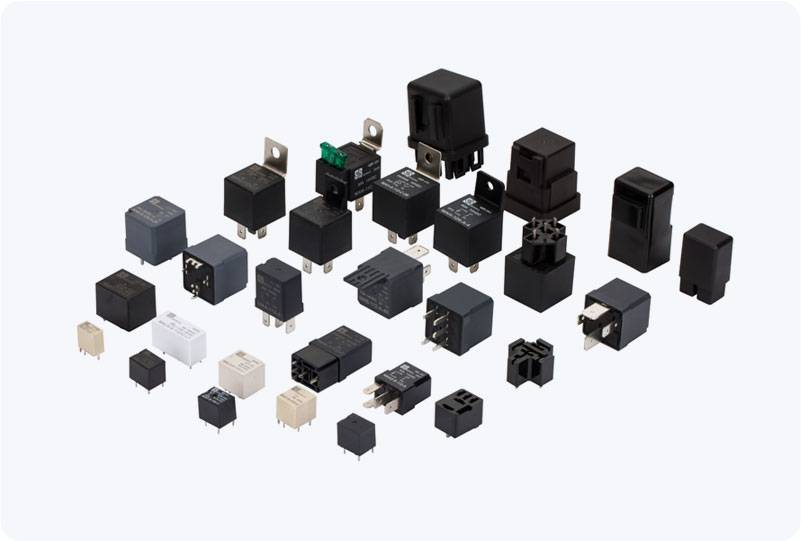An AC Motor Relay is a crucial electrical device used for controlling the operation of AC motors, ensuring their efficient and safe operation. It serves as a vital component in various applications, from industrial automation to household appliances, offering a reliable solution for managing motor functions such as starting, stopping, and protection. Understanding the role of an AC motor relay is important for anyone working with or designing motor-driven systems. This article explores the functionalities, applications, and significance of AC motor relays in different environments.

What is an AC Motor Relay? An AC Motor Relay is an electromechanical switch that controls the operation of an alternating current (AC) motor. These relays are primarily used for starting and stopping the motor, as well as providing protection from faults such as overcurrent, overload, and short circuits. The relay works by activating or deactivating the motor’s power supply in response to control signals, and in many cases, they are equipped with additional protective features to ensure the motor’s longevity. Key Functions of an AC Motor Relay Motor Start and Stop Control The most fundamental role of an AC motor relay is to control the starting and stopping of the motor. The relay works in conjunction with other devices like contactors and variable frequency drives (VFDs) to switch the motor on and off. In many cases, the relay ensures that the motor does not start immediately after the power is applied, providing a delay to prevent power surges.